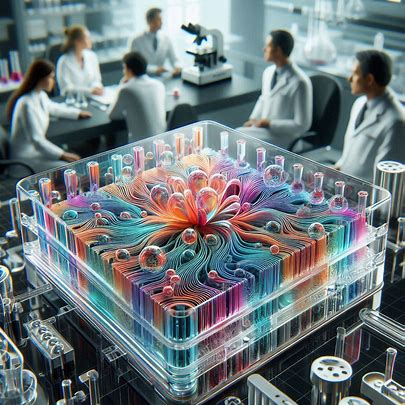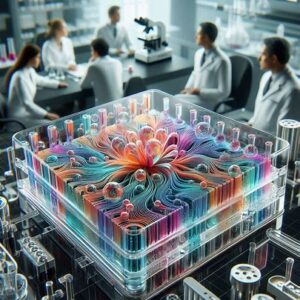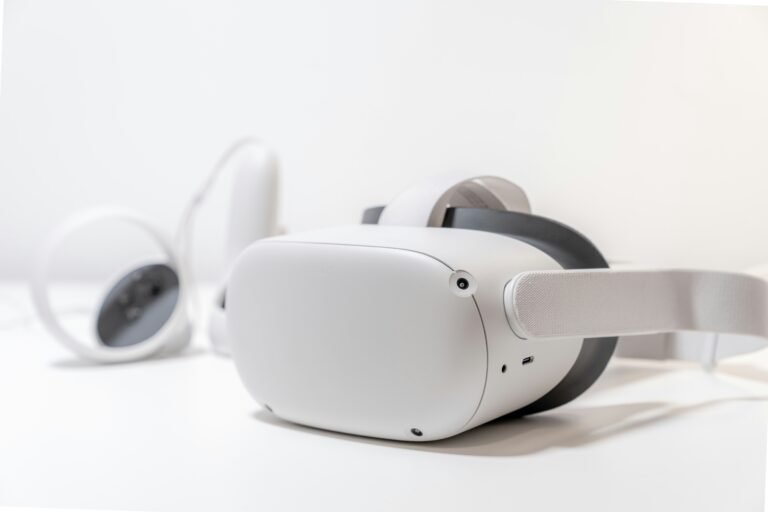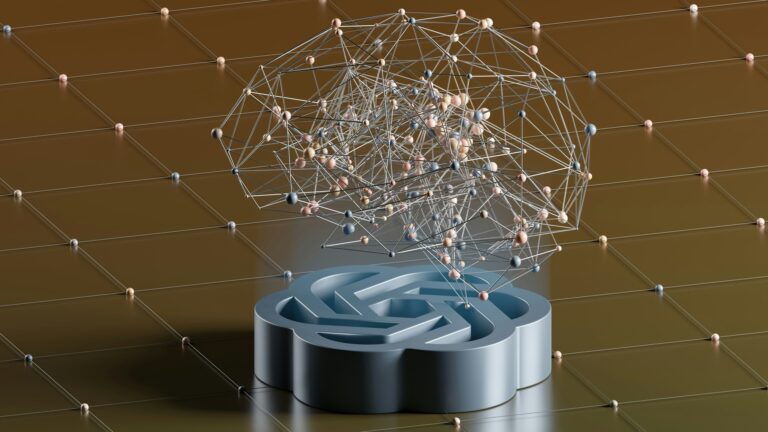
Introduction
Imagine a lab so small it fits on a chip the size of a postage stamp, capable of diagnosing diseases, testing water quality, or even creating personalized medicines—all with just a drop of liquid. This is the power of microfluidics, a cutting-edge technology that manipulates tiny amounts of fluids in channels thinner than a human hair. By controlling fluids at the microscale, microfluidics is revolutionizing fields like healthcare, environmental monitoring, and manufacturing. This article explores what microfluidics is, how it works, its real-world applications, current trends, and its potential to shape the future, all in an engaging and accessible way for everyone.
What is Microfluidics?
Microfluidics is the science and technology of systems that handle small volumes of fluids—typically nanoliters to microliters—in channels with dimensions of tens to hundreds of micrometers. These systems, often called “lab-on-a-chip” devices, integrate multiple laboratory functions into a single, compact platform. By working at such small scales, microfluidics enables precise control, rapid analysis, and minimal resource use.
Key Features of Microfluidics
- Miniaturization: Performs complex processes on a chip, reducing the need for large, expensive equipment.
- Precision: Tiny channels allow exact control of fluid flow, mixing, and reactions.
- Low Sample Volume: Requires only a drop of liquid, ideal for scarce or costly samples like blood.
- Speed: Microscale reactions happen faster due to shorter diffusion distances.
For example, a microfluidic device can analyze a single drop of blood to detect diseases like diabetes in minutes, compared to hours in a traditional lab.
How Microfluidics Works
Microfluidics relies on engineering, physics, and chemistry to manipulate fluids in microchannels. Here’s a simplified overview:
- Chip Design: A microfluidic chip, often made of glass, silicon, or polymers like PDMS (polydimethylsiloxane), contains etched or molded microchannels.
- Fluid Control: Pumps, valves, or capillary forces move fluids through the channels. Electric fields or pressure can also guide liquids.
- Reactions and Analysis: Fluids (e.g., blood, water, or chemicals) interact in the channels for mixing, separation, or detection. Sensors or optical systems analyze results.
- Output: The chip delivers results, such as a disease diagnosis or chemical composition, often displayed via connected devices like smartphones.
For instance, in a microfluidic pregnancy test, a drop of urine flows through channels to react with chemicals, producing a rapid, accurate result without bulky equipment.
Real-World Applications of Microfluidics
Microfluidics is transforming industries by offering fast, portable, and cost-effective solutions.
Healthcare and Diagnostics
Microfluidic devices, or labs-on-a-chip, enable rapid medical diagnostics. For example, Abbott’s ID NOW platform uses microfluidics to detect COVID-19 or flu in under 15 minutes from a nasal swab. These devices are portable, making them ideal for point-of-care testing in remote areas.
Drug Development
Microfluidics accelerates drug discovery by mimicking human organs on chips. Organ-on-chip systems, like those from Emulate, simulate lung or liver functions to test drug efficacy, reducing reliance on animal testing and speeding up development.
Environmental Monitoring
Microfluidic sensors monitor water or air quality in real-time. For instance, portable microfluidic devices can detect contaminants like lead in drinking water, used in regions with limited access to centralized labs, ensuring safer environments.
Food Safety
Microfluidics ensures food safety by detecting pathogens like E. coli in food samples. Companies like Fluidigm produce chips that analyze food samples quickly, preventing outbreaks and ensuring compliance with safety standards.
Biotechnology and Research
Researchers use microfluidics for DNA sequencing, protein analysis, and cell studies. The technology allows single-cell analysis, enabling scientists to study cancer cells or bacteria at unprecedented detail, advancing personalized medicine.
From breaking news to market moves — timing is everything. Learn how to trade with precision.

Current Trends in Microfluidics
As of June 2025, microfluidics is advancing rapidly, driven by technological innovations and growing demand for portable, efficient solutions. Here are key trends:
Organ-on-Chip Technology
Organ-on-chip systems are gaining traction, simulating human organs for drug testing and disease modeling. These chips replicate complex biological environments, with companies like Organovo leading advancements in tissue engineering.
Wearable Microfluidics
Wearable microfluidic devices, integrated into patches or wristbands, monitor health metrics like glucose or sweat electrolytes in real-time. For example, Stanford University’s wearable microfluidic patches track stress biomarkers, aiding personalized healthcare.
3D Printing Integration
3D printing enables rapid, cost-effective production of microfluidic chips with complex designs. This trend democratizes access, allowing small labs to create custom devices for specific research or diagnostic needs.
AI and Microfluidics
Artificial intelligence enhances microfluidic data analysis, improving accuracy in diagnostics and research. AI algorithms process data from microfluidic sensors to detect patterns, such as early signs of cancer, with greater precision.
Sustainability Focus
Microfluidics supports green technology by reducing reagent use and waste. Researchers are developing biodegradable chip materials, like cellulose-based polymers, to align with sustainability goals in healthcare and environmental monitoring.
Benefits of Microfluidics
Microfluidics offers compelling advantages:
- Cost Efficiency: Uses minimal samples and reagents, reducing costs for labs and patients.
- Portability: Compact devices enable testing in remote or resource-limited settings.
- Speed: Rapid analysis delivers results in minutes, critical for emergencies.
- Precision: Microscale control ensures accurate and reproducible outcomes.
- Versatility: Applicable to diverse fields, from medicine to environmental science.
Challenges of Microfluidics
Despite its potential, microfluidics faces hurdles:
- Manufacturing Complexity: Fabricating microchannels requires precision, increasing production costs.
- Scalability: Scaling microfluidic systems for mass production while maintaining quality is challenging.
- Integration: Combining microfluidics with existing lab or medical systems requires standardization.
- User Expertise: Operating and interpreting results from microfluidic devices may demand specialized training.
- Durability: Some chips, especially polymer-based ones, may degrade with repeated use.
Addressing these requires advancements in manufacturing, standardization, and user-friendly designs.
The Future of Microfluidics
Microfluidics is poised to transform multiple sectors by 2030, with exciting possibilities:
- Personalized Medicine: Microfluidic devices will enable tailored treatments by analyzing individual patient samples on-site.
- Global Health Access: Portable diagnostics will bring advanced testing to underserved regions, improving healthcare equity.
- Environmental Solutions: Microfluidic sensors will monitor ecosystems in real-time, aiding climate change mitigation.
- Space Exploration: Compact microfluidic systems will analyze samples on Mars rovers or space stations, supporting astrobiology research.
Continued investment in research, manufacturing, and education will ensure microfluidics reaches its full potential.

Conclusion
Microfluidics is a game-changing technology that harnesses the power of tiny fluids to deliver big results. From rapid disease diagnostics to environmental monitoring and drug development, its applications are vast and impactful. As trends like organ-on-chip systems, wearable devices, and AI integration drive innovation, microfluidics promises a future where precise, portable, and sustainable solutions enhance our lives. By overcoming challenges like manufacturing costs and scalability, this technology can empower a world where science and innovation are accessible to all.



